Deepwater hap - Placidochromis electra
Scientific name: Placidochromis electra
Common name: Deepwater hap
Family: Cichlidae
Usual size in fish tanks: 10 - 12 cm (3.94 - 4.72 inch)
014
Recommended pH range: 7 - 8
Recommended water hardness: 8 - 20°N (142.86 - 357.14ppm)
0°C 32°F30°C 86°F
Recommended temperature range: 23 - 26 °C (73.4 - 78.8°F)
The way how these fish reproduce: Spawning
Where the species comes from: Africa
Temperament to its own species: peaceful
Temperament toward other fish species: aggressive to smaller
Usual place in the tank: Middle levels
Origin
Placidochromis electra is native to the deep, rocky areas of Lake Malawi in East Africa. Lake Malawi is one of the largest and deepest freshwater lakes in the world, characterized by its clear, mineral-rich waters and stable temperatures. The water in Lake Malawi is slightly alkaline, with a pH typically ranging between 7.8 and 8.6, and a hardness (dGH) between 6 and 10°N. The lake’s rocky habitat provides plenty of hiding places for fish like the Deepwater Hap, and sandy areas offer them the opportunity to sift through the substrate in search of food. In the wild, these fish live at depths where the water is cooler and the light is dim, which can influence their color and behavior in the aquarium.
Lifespan
With proper care, Placidochromis electra can live for approximately 8 years in captivity. To ensure they reach their full lifespan, it is crucial to maintain stable water parameters, provide a suitable diet, and offer a stress-free environment.
Short description
Deepwater haps are peaceful cichlids that, despite their size, tend to be less aggressive than other cichlids from Lake Malawi. These fish thrive in tanks where they are kept with other similarly sized, peaceful species. They should not be housed with small or highly aggressive tankmates. Ideal tankmates for Deepwater haps include:
Care and Habitat Setup
In the aquarium, Deepwater haps require an environment that mimics the rocky, sandy habitats of Lake Malawi. A tank of at least 200-250 liters is necessary for a small group of these fish, but larger tanks are preferable to maintain stable water parameters and provide enough swimming space.
The substrate should be fine sand, as these fish enjoy sifting through the sand in search of food. Rocks and caves should be arranged to create hiding places, which will help reduce stress and establish territories. Avoid sharp-edged decorations, as they can damage the fish’s delicate fins.
The water temperature should be maintained between 23-26°C (73.4-78.8°F) with a pH of 7-8. Stability is key, so invest in a high-quality filtration system to ensure water quality remains consistent. Perform regular water changes to maintain optimal conditions, as fluctuations in water parameters can lead to stress or illness.
Food and Feeding
Placidochromis electra is an opportunistic feeder in the wild, foraging for invertebrates and plant matter in the sand. In the aquarium, they will readily accept a variety of foods, including high-quality flakes, pellets, and frozen foods. Supplement their diet with live or frozen foods like brine shrimp and daphnia to maintain their vibrant coloration and health. Feed them in small portions two or three times a day, ensuring they only eat what they can consume in a few minutes. Overfeeding can lead to digestive problems like bloat, so it’s essential to avoid feeding excess amounts.
Sexing
Male Deepwater haps are generally larger than females and develop more intense coloration, especially during breeding periods. Males will display a bright yellow band on their dorsal fins, and they may exhibit a darker horizontal stripe running through the eye. These color differences become more apparent as the fish mature. Females, on the other hand, tend to be slightly smaller and less colorful, often displaying a more muted appearance.
Breeding
Like many cichlids from Lake Malawi, Placidochromis electra are maternal mouthbrooders. The breeding process starts when the male digs a spawning pit or clears a flat area on a rock. He will then court the female by performing displays around the breeding site, often intensifying his colors to attract her. Once the female lays the eggs, she picks them up into her mouth, where the male fertilizes them. The female will carry the fertilized eggs in her mouth for 2-3 weeks, during which time she will not eat. The fry are released when they are ready to swim and can be fed on newly hatched brine shrimp or specially formulated fry food.
To encourage breeding, maintain slightly cooler water temperatures and perform regular water changes. It’s also advisable to provide a peaceful, stress-free environment with plenty of hiding spaces to support the female during the incubation period. Once the fry are free-swimming, they can be separated from the adults to prevent accidental predation.
Tank Setup and Plants
Deepwater haps thrive in tanks that mimic their natural environment. In addition to the sandy substrate and rocky decorations, incorporating plants that can tolerate the alkaline water conditions of Lake Malawi can enhance the tank’s natural look. Here are a few suitable plant species:
- Ammania gracilis
- Ammania senegalensis
- Anubias afzelii
- Anubias barteri
- Anubias barteri "Caladiifolia" '1705'
Ensure that plants are securely anchored to rocks or the substrate to prevent uprooting by the fish’s digging behavior. Plants can also provide additional hiding spaces for fry or more timid species in the tank. Regular lighting and occasional fertilization can help these plants thrive in alkaline water conditions.
Pictures
Bought by aqua-fish.net from jjphoto.dk.
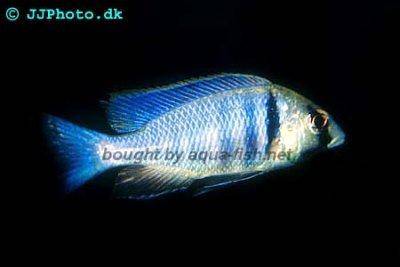





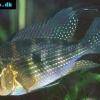 Thread-finned
Thread-finned 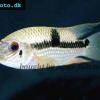 Acara
Acara 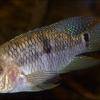 Yellow
Yellow 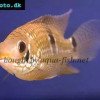 Patrick's
Patrick's 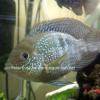 Blue
Blue 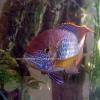 Green
Green 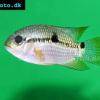 Acara
Acara 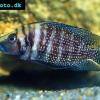 White
White 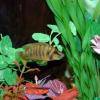 Compressed
Compressed 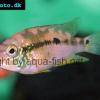 Pastel
Pastel 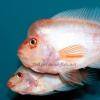 Midas
Midas 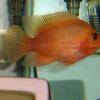 Red
Red 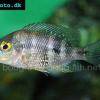 Bluemouth
Bluemouth 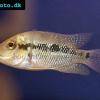 False
False 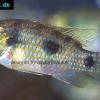 African
African 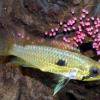 Agassiz's
Agassiz's 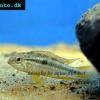 Banded
Banded 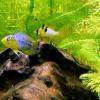 Yellow
Yellow 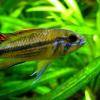 Cockatoo
Cockatoo 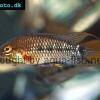 Blue
Blue 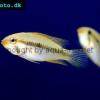 Blackstripe
Blackstripe 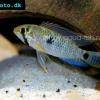 Highfin
Highfin 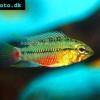 Redstripe
Redstripe 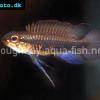 Threadfinned
Threadfinned 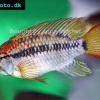 Macmaster’s
Macmaster’s 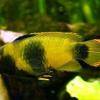 Panda
Panda 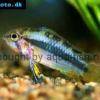 Norbert’s
Norbert’s 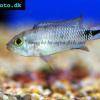 Blue
Blue 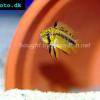 Thin-line
Thin-line 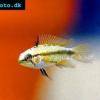 Three-striped
Three-striped 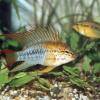 Viejita
Viejita 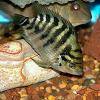 Flier
Flier 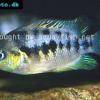 Archocentrus
Archocentrus 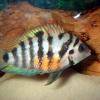 Convict
Convict 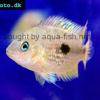 Seven
Seven 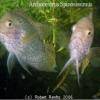 Spiny
Spiny 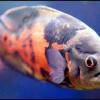 Oscar
Oscar 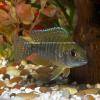 Sunshine
Sunshine 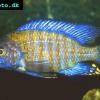 Chitande
Chitande 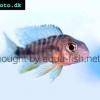 Firebird
Firebird 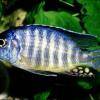 Midnight
Midnight 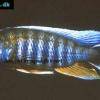 Lake
Lake 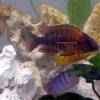 Sunshine
Sunshine 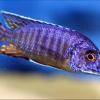 Aulonocara
Aulonocara 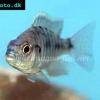 Nyasa
Nyasa 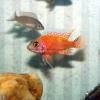 Ruby
Ruby 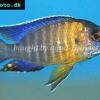 Grants
Grants 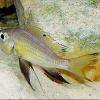 Aulonocranus
Aulonocranus 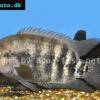 Chameleon
Chameleon 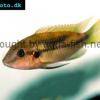 Benitochromis
Benitochromis 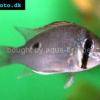 Orinoco
Orinoco 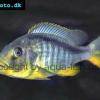 Yellow
Yellow 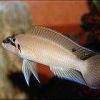 Brichard’s
Brichard’s 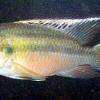 Guenther’s
Guenther’s 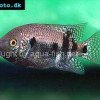 Southern
Southern 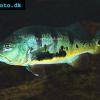 Cichla
Cichla 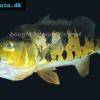 Peacock
Peacock 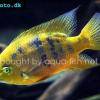 Chiseltooth
Chiseltooth 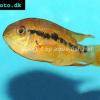 Bolivian
Bolivian 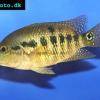 Red
Red 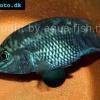 Many-pointed
Many-pointed 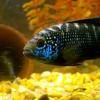 Jack
Jack 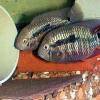 Red
Red 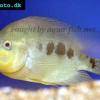 Three
Three 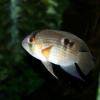 Keyhole
Keyhole 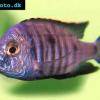 Azureus
Azureus 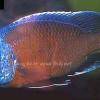 Red
Red 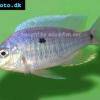 Jackson’s
Jackson’s 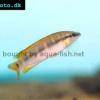 Crenicichla
Crenicichla 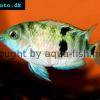 Honduran
Honduran 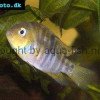 Blue-eye
Blue-eye 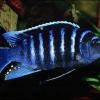 Afra
Afra 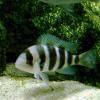 Frontosa
Frontosa 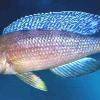 Slender
Slender 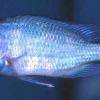 Malawi
Malawi 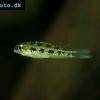 Chequerboard
Chequerboard 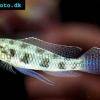 Checkerboard
Checkerboard 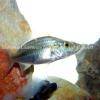 Malawi
Malawi 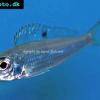 Ectodus
Ectodus 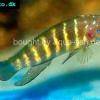 Tanganyika
Tanganyika 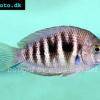 Canara
Canara 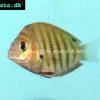 Green
Green 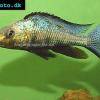 Rostratus
Rostratus 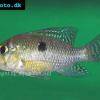 Pearl
Pearl 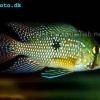 Geophagus
Geophagus 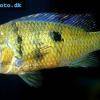 Yellowhump
Yellowhump 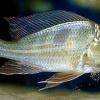 Suriname
Suriname 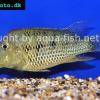 Redhump
Redhump 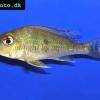 Red
Red 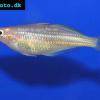 Dority’s
Dority’s 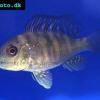 Argentine
Argentine 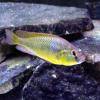 Burton’s
Burton’s 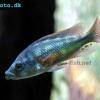 Victoria
Victoria 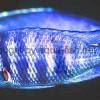 Haplochromis
Haplochromis 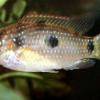 Jewel
Jewel 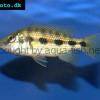 Banded
Banded 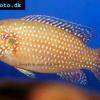 Lifalili
Lifalili 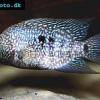 Lowland
Lowland 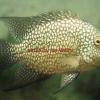 Texas
Texas 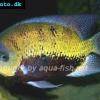 Pantano
Pantano 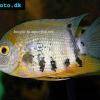 Severum
Severum 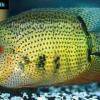 Banded
Banded 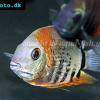 Severum
Severum 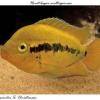 Rainbow
Rainbow 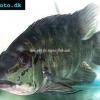 Parrot
Parrot 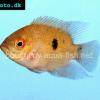 Chocolate
Chocolate 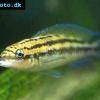 Brown
Brown 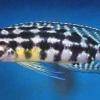 Marlieri
Marlieri 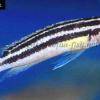 Golden
Golden 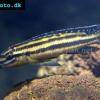 Striped
Striped 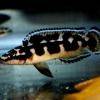 Masked
Masked 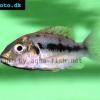 Konye
Konye 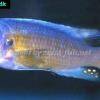 Blue
Blue 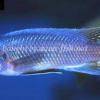 Trewavas
Trewavas 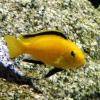 Electric
Electric 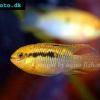 Dwarf
Dwarf 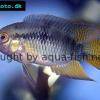 Redbreast
Redbreast 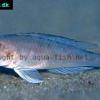 Lamprologus
Lamprologus 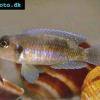 Gold
Gold 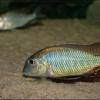 Greenface
Greenface 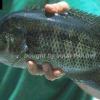 Mayan
Mayan 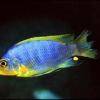 Aurora
Aurora 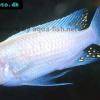 Blue
Blue 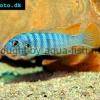 William’s
William’s 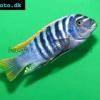 Zebra
Zebra 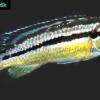 Malawi
Malawi 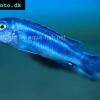 Blue
Blue 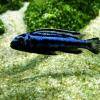 Blue
Blue 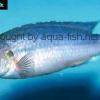 Mbuna
Mbuna 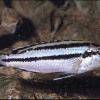 Parallel
Parallel 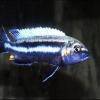 Purple
Purple 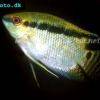 Flag
Flag 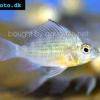 Bolivian
Bolivian 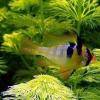 Ram
Ram 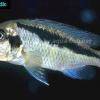 Basket
Basket 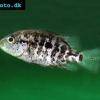 Haitian
Haitian 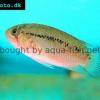 Zebra
Zebra 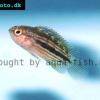 Striped
Striped 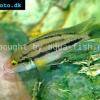 Neolamprologus
Neolamprologus 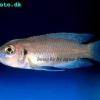 Brevis
Brevis 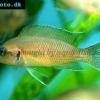 Fairy
Fairy 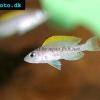 Neolamprologus
Neolamprologus 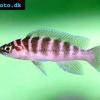 Cylindricus
Cylindricus 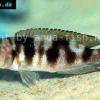 Hecq’s
Hecq’s 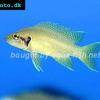 Neolamprologus
Neolamprologus 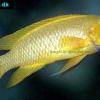 Lemon
Lemon 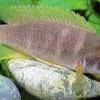 Mustax
Mustax 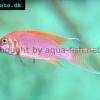 Daffodil
Daffodil 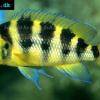 Six-bar
Six-bar 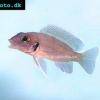 Five-bar
Five-bar 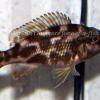 Marbled
Marbled 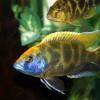 Giraffe
Giraffe 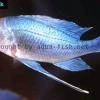 Blue
Blue 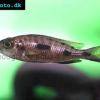 Sulphurhead
Sulphurhead 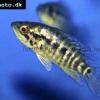 Wolf
Wolf 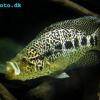 Jaguar
Jaguar 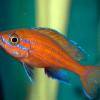 Blue
Blue 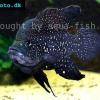 Marakeli
Marakeli 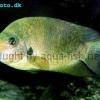 Madagascar
Madagascar 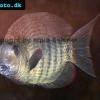 Pinstripe
Pinstripe 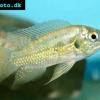 Pelmatochromis
Pelmatochromis 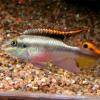 Kribensis
Kribensis 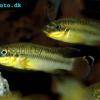 Striped
Striped 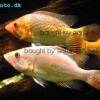 Red
Red 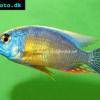 Fenestratus
Fenestratus 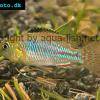 Nichols’
Nichols’ 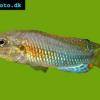 Southern
Southern 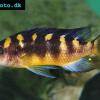 Bumble
Bumble 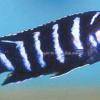 Demason’s
Demason’s 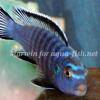 Slender
Slender 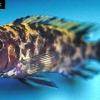 Red
Red 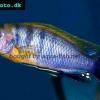 Mbuna
Mbuna 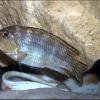 Malawi
Malawi 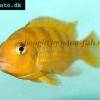 Kenyi
Kenyi 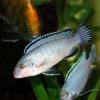 Powder
Powder 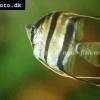 Altum
Altum 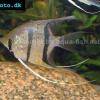 Angelfish
Angelfish 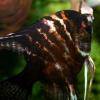 Angelfish
Angelfish 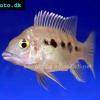 East
East 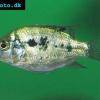 Juba
Juba 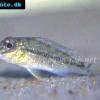 Earth
Earth 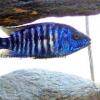 Electric
Electric 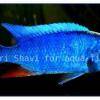 Azure
Azure 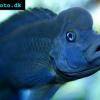 Lionhead
Lionhead 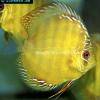 Discus
Discus 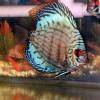 Blue
Blue 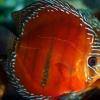 Red
Red 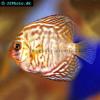 Zebra
Zebra 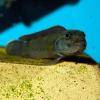 Brichard’s
Brichard’s 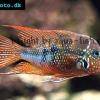 Blue
Blue 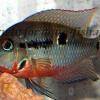 Firemouth
Firemouth 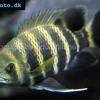 Zebra
Zebra 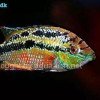 Yellow
Yellow 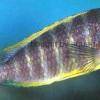 Blue
Blue 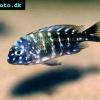 Dwarf
Dwarf  Blunthead
Blunthead 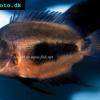 The
The 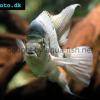 White
White 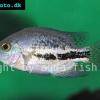 Twoband
Twoband 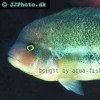 Fenestratus
Fenestratus 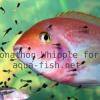 Window
Window 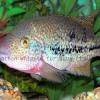 Tailbar
Tailbar 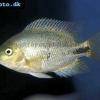 Black
Black 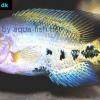 Redhead
Redhead 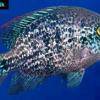 Oaxaca
Oaxaca 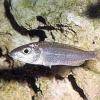 Xenotilapia
Xenotilapia